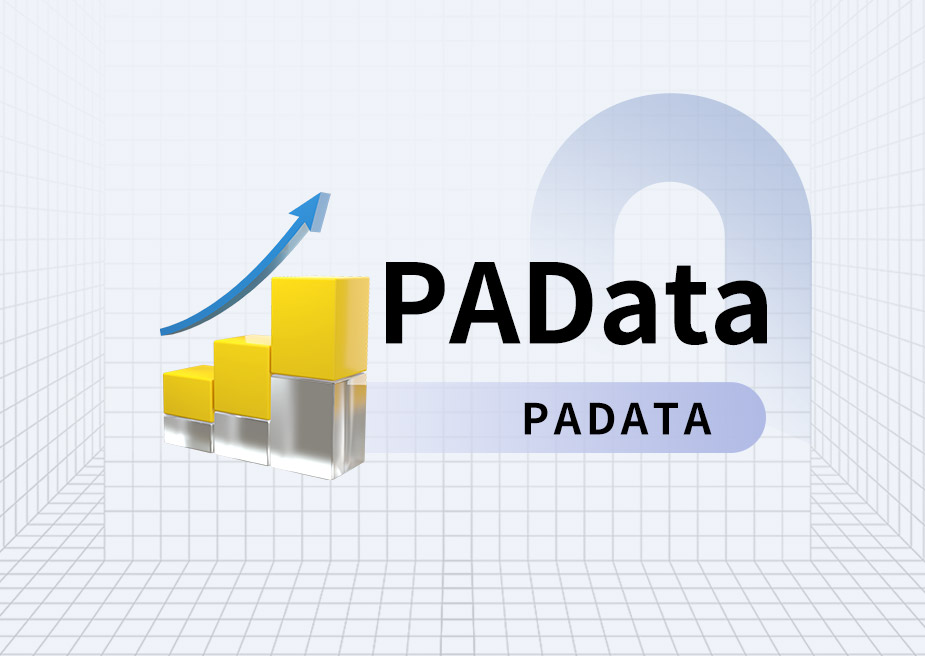First of all, there will be a "hundred-coin war" in the stablecoin track in the future. After fierce competition, USDT will still be the leader of offshore stablecoins, and USDC will still be the leader of compliant stablecoins, but a large number of mid- and low-end stablecoins will remain.
These mid- and low-end stablecoins are mainly divided into two categories: compliant stablecoins made by Web2 companies and decentralized stablecoins made by Web3 companies.
1. Still optimistic about the stablecoins made by Web2 companies
In different countries and regions, and in different business scenarios, there will be many local leaders like "local snakes", such as Hong Kong's Hong Kong dollar stablecoin and JD stablecoin in the e-commerce field.
These are places that USDC and USDT may not be able to reach, and stablecoins for these niche scenarios can be more deeply integrated with local companies or their own businesses.
Of course, from a political perspective, in order to prevent capital outflow and siphoning by the US dollar, various countries and regions must promote stablecoins of local legal tender and use compliant means to keep funds in their own financial systems.
In fact, we can refer to the existing exchange landscape: in addition to a few absolute leading exchanges, there are also a bunch of mid- and low-end exchanges.
How do these mid-tier and low-tier exchanges survive?
The core adopts two strategies:
First, we will focus on altcoins and niche trading pairs, that is, binding different business scenarios;
The second is to focus on niche countries or regions, that is, to capture market segments;
Therefore, even if there is a squeeze from the leading stablecoins, there is still room for survival for the mid- and low-end stablecoins.
2. Still optimistic about the decentralized stablecoins made by Web3 companies
The current stablecoin bill in the United States has a provision that stablecoin companies are not allowed to pay interest to users.
Hong Kong’s draft consultation paper on stablecoins also has the same provisions.
The purpose of this rule is actually to make stablecoins a real payment tool, rather than a so-called investment return to compete with bank deposits.
However, there is a very strong demand for "interest-bearing stablecoins" in the market. For example, if you are an enterprise or a large investor with a large amount of reserve funds, you actually still hope to obtain stable returns while ensuring safety.
If it is converted into USDT/USDC and left there, there will be no income. However, Tether and Circle, the two companies, use the US dollars obtained at no cost for their own financial management and swallow the profits, so this is also an opportunity for interest-bearing stablecoins.
Only the decentralized stablecoins made by Web3 companies can bypass compliance restrictions to a certain extent, packaging some CeFi and DeFi financial products into stablecoins, and providing users with stable or even high returns.
The most typical ones are the "neutral strategy stablecoins" that have emerged in this cycle, such as Ethena's USDe, Bitcoin ecosystem's BitFi, and so on.
With the help of perpetual contracts, if a project holds 1 ETH, it can "short" (sell) the same value of ETH in the perpetual contract market. As a result, regardless of the rise or fall of ETH, the total value remains basically unchanged, reaching "neutrality", and the project can also give the income from the funding rate to users holding stablecoins.
Once security is guaranteed and there is stable income, these decentralized stablecoins are still very attractive.
To sum up
The stablecoin market is very much like an iceberg:
Compliant stablecoins are the part above the sea level, of which USDC occupies the majority and will become larger and larger in the future, but there will also be many regional compliant stablecoins;
Offshore stablecoins are those below sea level, of which USDT occupies the majority, much larger than those above sea level.
However, at a deeper level, that is, where USDC and USDT cannot reach, there will be a large number of stablecoins, including stablecoins for segmented business scenarios, decentralized interest-bearing stablecoins, and so on.








